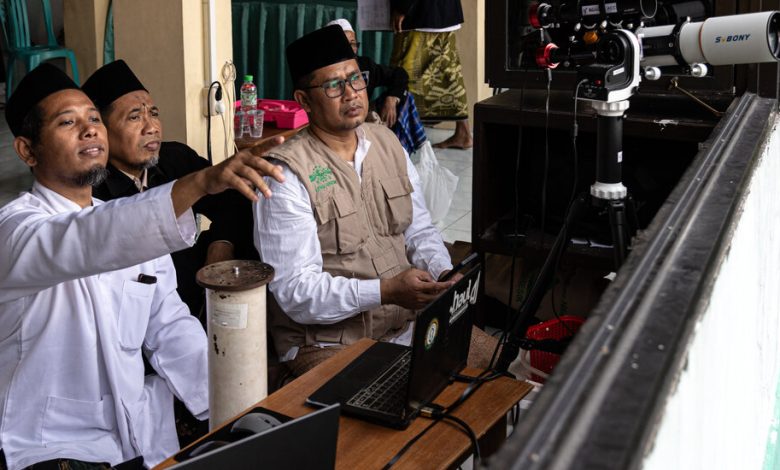How the Solar Eclipse Affected Eid Timing

For centuries, the sighting of a crescent moon has signaled the end of Ramadan, the holy month of fast and prayer for Muslims.
This year, the sight was obscured in some parts of the world by the sun’s glare during the total solar eclipse, delaying some Islamic communities’ declaration of Eid al-Fitr, the celebration marking the end of the fast. Although only a narrow band of North America experienced a total eclipse, the phenomenon reduced lunar visibility elsewhere, experts said.
In Kerala, a state in southern India, the new moon was spotted on Tuesday, but it was not seen in the capital of New Delhi, so Muslim communities in India will celebrate Eid one day apart.
In Saudi Arabia, an authority on religious observances for many Muslims, the government called on all Muslims throughout the kingdom to look for the crescent moon on Monday. When it was not reported seen, the Supreme Court declared on Tuesday that Eid would be celebrated beginning on Wednesday.
Countries with large populations of Muslims, and Muslims around the world, use the traditional Hijri calendar to mark religious events. Each month of that calendar begins with the sighting of the early crescent moon, and the holy month of Ramadan begins at the start of the ninth month.
Eid is traditionally celebrated the day after a new moon is seen, either with the naked eye or a telescope. According to the European Council for Fatwa and Research, the moon must appear at sunset, at least five degrees above the horizon.




